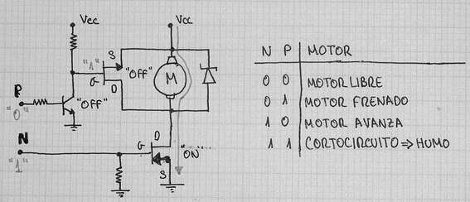
All of those orange, cyan, and yellow dots represent digital ants fighting for supremacy. This is a match to see who’s AI code is better in the Google backed programming competition: The AI Challenge. Before you go on to the next story, take a hard look at giving this a try for yourself. It’s set up as a way to get more people interested in AI programming, and they claim you can be up and running in just five minutes.
Possibly the best part of the AI Challenge is the resources they provide. The starter kits offer example code as a jumping off point in 22 different programming languages. And a quick start tutorial will help to get you thinking about the main components involved with Artificial Intelligence coding.
The game consists of ant hills for each team, water as an obstacle, and food collection as a goal. The winner is determined by who destroyed more enemy ant hills, and gathered more resources. It provides some interesting challenges, like how to search for food and enemy ant hills, how to plot a path from one point to another, etc. But if you’re interested in video game programming or robotics, the skills you learn in the process will be of great help later in your hacking exploits.



















